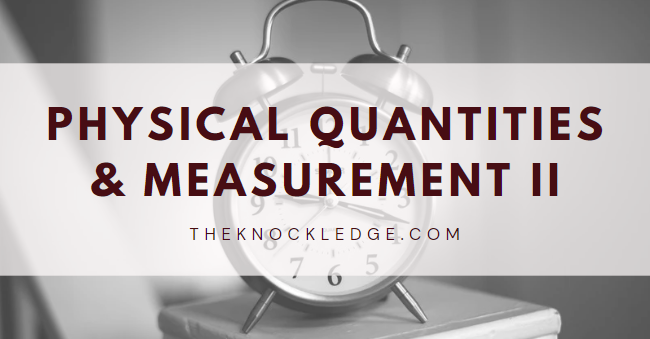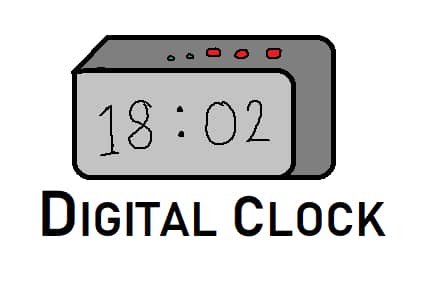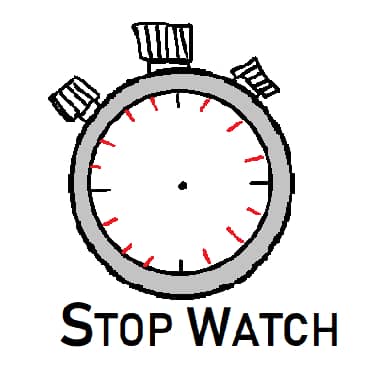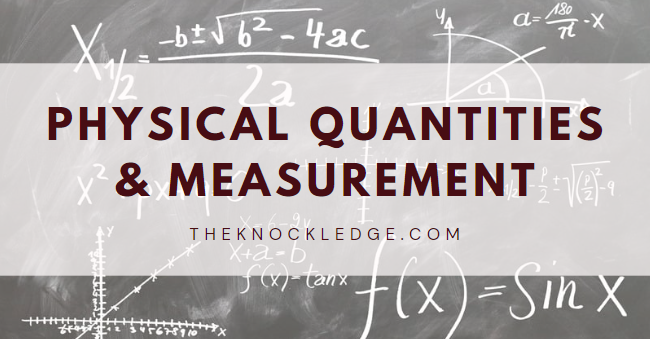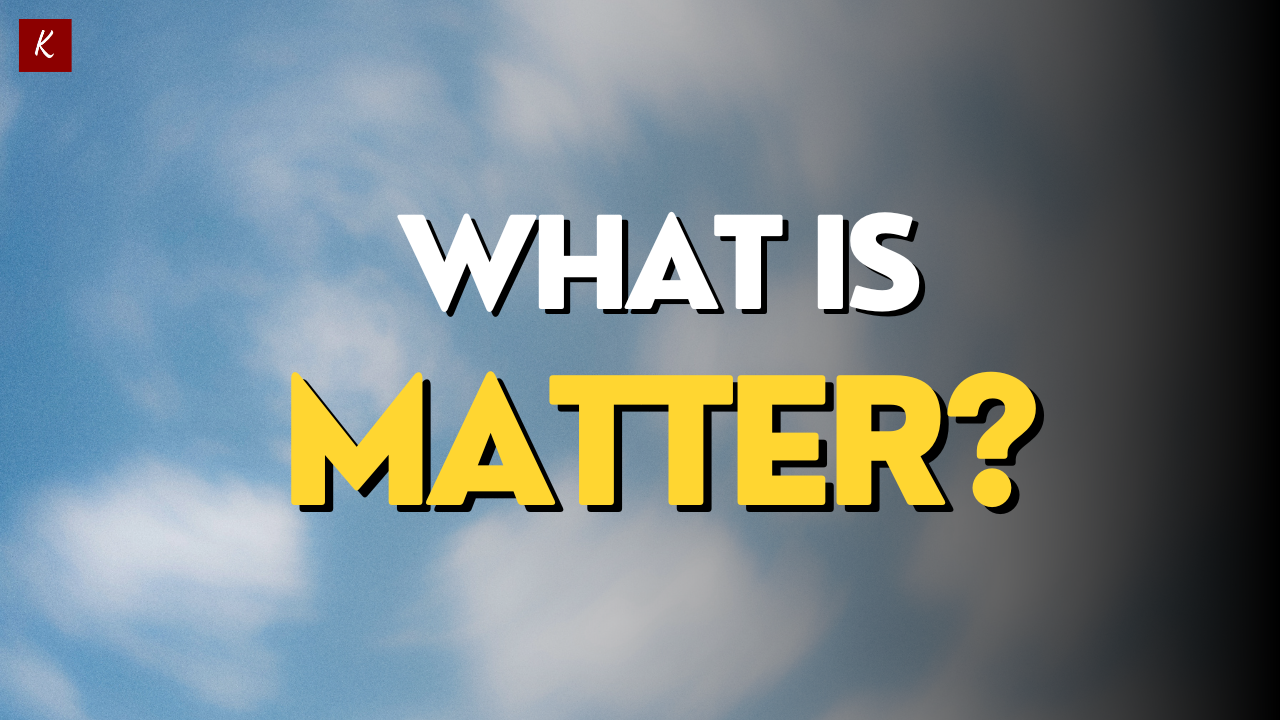Hello friends,
In this post, we are going to explore ‘What is Motion in Physics?’. Motion is all about things moving or changing their position. Whether it’s a car zooming down the road or the planets in the sky, everything around us experiences motion in one way or another. Understanding motion helps us describe and predict how objects move, making it a fundamental concept in science and our daily lives. We are going to know about different types of motion, speed & velocity, and many other topics which is going to make our journey stimulating. So let’s dive into this matter.
What is Motion in Physics?
Motion is simply the act of something moving, like a bicycle rolling down the street or a bird flying through the sky. It’s what happens when an object changes its location or position over time. Motion is a fundamental concept in physics, helping us understand how things move and interact with one another in our world. Whether it’s a car racing on a track or a soccer ball being kicked into the goal, motion is all about how objects change their position, and it’s a crucial idea in the study of the physical world.
REST AND MOTION CONCEPT (What is Motion in Physics?)
Rest and motion are fundamental concepts in physics that describe the state of an object. When an object is at rest, it means it’s not moving; it’s staying still. Think of a parked car – it’s not going anywhere; it’s at rest. On the other hand, motion refers to when an object is moving from one place to another. When a car is driving down the road, it’s in motion because it’s changing its position.
TYPES OF MOTION IN PHYSICS
Distinct objects can possess several different style of manner to conduct their motion. An entity can acquire two or more types of motion at a particular time. Let us read further to get into the hidden depths of this topic.
1. TRANSLATORY MOTION
An object moving in such a manner that every part of that object moves the same distance in the same time is translatory motion. It has three types:
a) Rectilinear motion: the motion an object on a straight path is called rectilinear motion. For example: an apple falling from tree, a car moving on a straight road, a snooker ball being hit (billiards game).
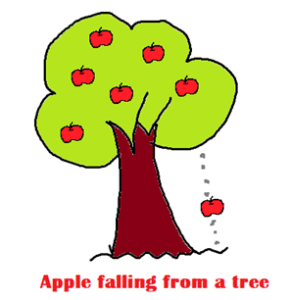
b) Curvilinear motion: the motion of an object on a curved path is called curvilinear motion. For example: a ball being hit at an angle, a javelin throw, earth moving around sun.

c) Circular motion: It is a special case of curvilinear motion. The object moves on a closed curve path in which the distance of the object from the fixed point always remains the same. For example: a child sitting on a giant wheel/merry-go-round.
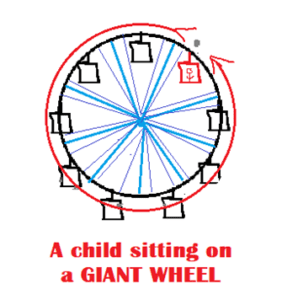
2. ROTATORY MOTION
An object rotating or spinning on its axis only (axis of rotation), it is called rotatory motion. Additionally, when an object is in rotatory motion, all the parts of the object do not move the same distance in the same time interval. Have this means that the part away from the axis moves greater distance in less time than the part near the axis.
For example: a 360º movable chair, a spinning top, wheel of a car, rotation of clock hands, spinning of potter’s wheel.
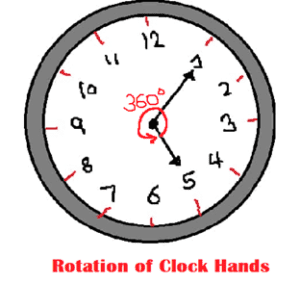
3. OSCILLATORY MOTION
The motion of the object falls under a to-and-fro pattern from its mean position (rest position). For example: swinging pendulum of wall clock, a child moving to-and-fro on a swing.
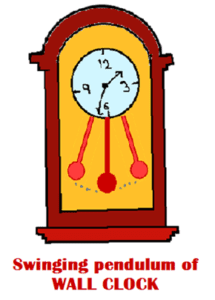
a) Vibratory motion: When only some part of an object moves to-and-fro, not the whole body, it is considered vibratory motion. Therefore, vibratory motion is called a special case of oscillatory motion. For example: prongs of a tuning fork, hitting/plucking strings of a guitar.
4. REPETITIVE MOTION
When an object repeats its motion in certain intervals of time, it is considered a repetitive motion. It may occur periodically (at regular intervals) or non-periodically (at any time).
a) Periodic motion: It is a type of repetitive motion which repeats itself at regular intervals of time (fixed). For example: earth taking a complete revolution of the sun , clock pendulum to-and-fro motion (oscillation).
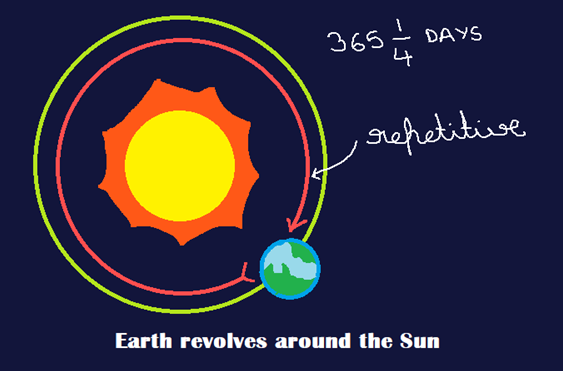
b) Non-periodic motion: It is a type of repetitive motion which can occur at any point of time (not fixed). For example: motion of arms and legs while walking, breathing depends (motion of lungs changes), motion of a rolling ball, oscillating of tree branches.
5. RANDOM MOTION
When an object chooses a random or an irregular path for its motion, such that it repeatedly changes its direction or speed, it is listed under random motion. For example: a butterfly flying in an irregular path, a football/badminton player changing its speed and direction frequently, a dancer altering its speed and direction in order to change its steps.

Also read:
- What is Matter?
- How to Write a Comprehension Passage?
- File Management – Organisation of Data
- Arrangement of Leaves on a Stem
COMBINATION OR MULTIPLE MOTION
There can be an example of motion in daily life which falls under two or more categories of motion. Hence we can say that, an entity that possesses two or more types of motion is called a combination motion or multiple motion.
For example:
- Drilling machine → rectilinear motion (it moves straight), rotatory motion (it rotates in its own axis).
- Earth revolving around Sun → rotatory motion (earth moves on its axis), curvilinear motion (a curve forms when earth revolves around the Sun), periodic motion (revolution of earth occurs periodically).
- Car wheels → rotatory motion (wheel moves on its axis), translatory motion (wheels can move on a straight or a curved path).
- Bowling by a bowler → rotatory motion (ball is spinning when bowled), translatory motion (the ball reaches the batsman in straight or curve manner).
- Swinging pendulum of wall clock → oscillatory motion (pendulum moves to-and-fro), repetitive motion (periodic motion: occurs at regular intervals).
ENERGIZER! (‘What is Motion in Physics?’)
Identify the types of motion and list them at the correct places in the table below.
- Motion of your hands while running
- Motion of a boy sitting on a merry-go-round
- Motion of a train on a straight track
- Movement of the lungs during breathing
- Revolution of the earth around the sun
- Motion of a butterfly
- Motion of a horse pulling a cart on a straight road
- Swinging pendulum of a wall clock
- A flying bird
- A swing in motion
| Translatory | Rotatory | Oscillatory | Repetitive | Random |
| Motion of a boy sitting on a merry-go-round | Revolution of the earth around the sun | Motion of your hands while running | Motion of a boy sitting on a merry-go-round | Motion of your hands while running |
| Motion of a train on a straight track | Swinging pendulum of a wall clock | Movement of the lungs during breathing | Motion of a train on a straight track | |
| Revolution of the earth around the sun | A swing in motion | Revolution of the earth around the sun | Motion of a butterfly | |
| Motion of a horse pulling a cart on a straight road | Swinging pendulum of a wall clock | A flying bird |
UNIFORM & NON-UNIFORM MOTION
Uniform Motion: The motion in which the object moves a straight path covering equal distances in equal time intervals is called a uniform motion. For example – a car that moves 80 km in 1 hour again moves 80 km in the second hour.
Non-uniform Motion: The motion in which the object moves unequal distances in equal time intervals is called a non-uniform motion. For example – a car that moves 50 km in first hour, 30 km in second hour and 60 km in third hour.
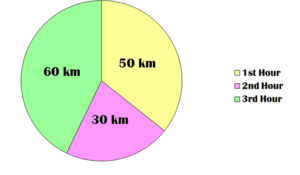
DISTANCE & DISPLACEMENT
The change in the position of an object can be stated as displacement.
What is DISPLACEMENT?
The shortest possible distance travelled by an object from its initial to final position following a straight path is called displacement. For example: a cat that travels A to B position and eventually turns to C. In such a case, the cat ultimately travels length AC, which is its displacement (shortest possible distance).
Distance and displacement are both distinct terms. Displacement is the shortest possible distance of an object as you have seen above with the help of the diagram, whereas distance is the actual length covered by an object (AB + BC) {long distance}.
What is DISTANCE?
The distance of an object is defined as the actual length travelled by an object (see the above diagram’s KEY).
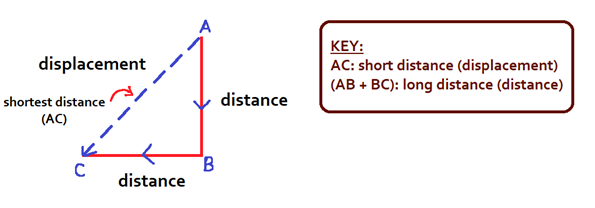
Differentiate between DISPLACEMENT and DISTANCE.
Displacement
1) It is the shortest possible distance.
2) It is crucial to mention the directions (e.g. you cannot write CA, you have to show the direction so write AC)
Distance
1) It is a long distance as compared to displacement.
2) It is NOT necessary to mention the directions as it is the aggregate length.
What SIMILARITY do you observe in displacement and distance?
Both displacement and distance are expressed as lengths; therefore their SI units are metre (m).

